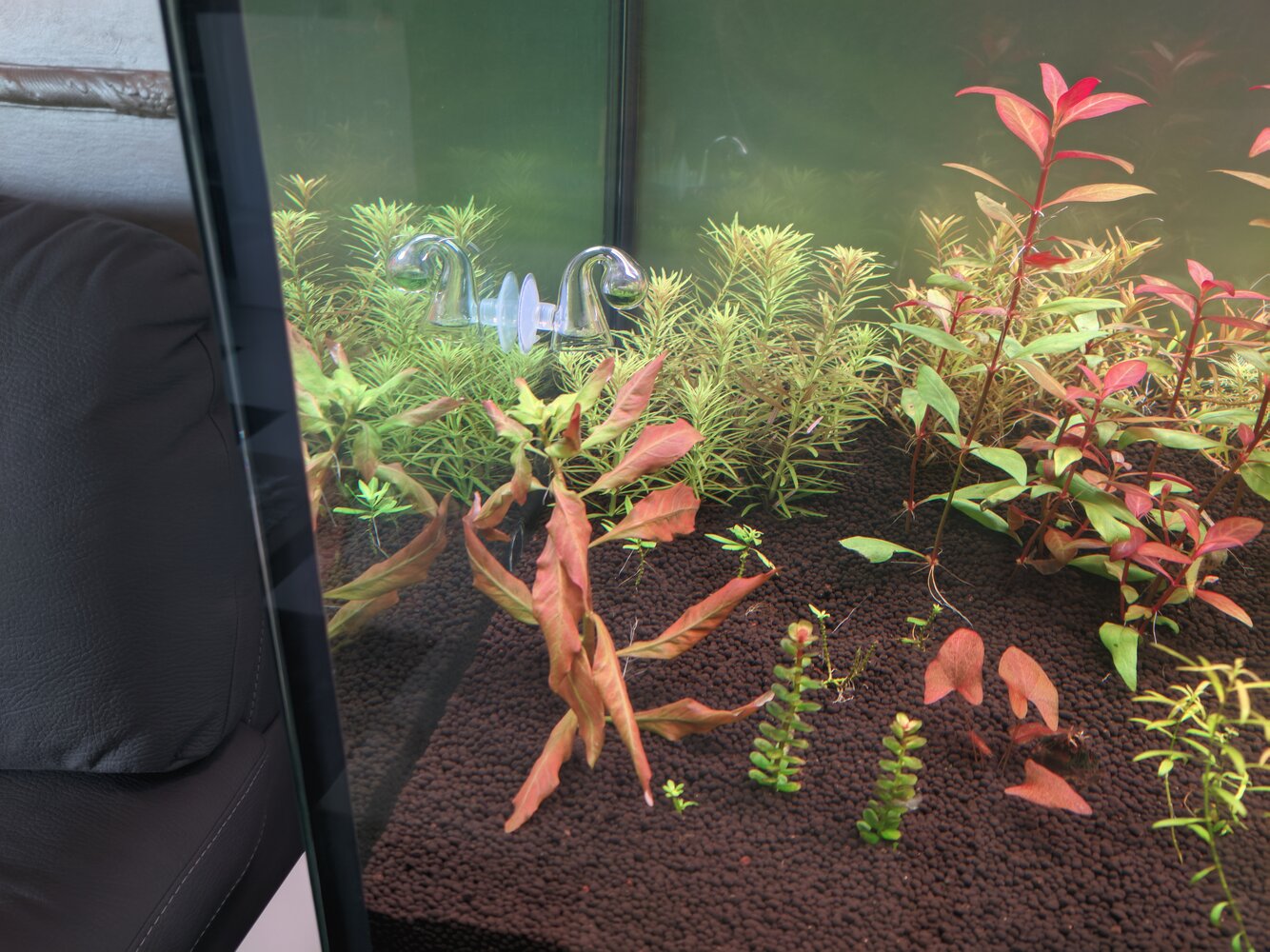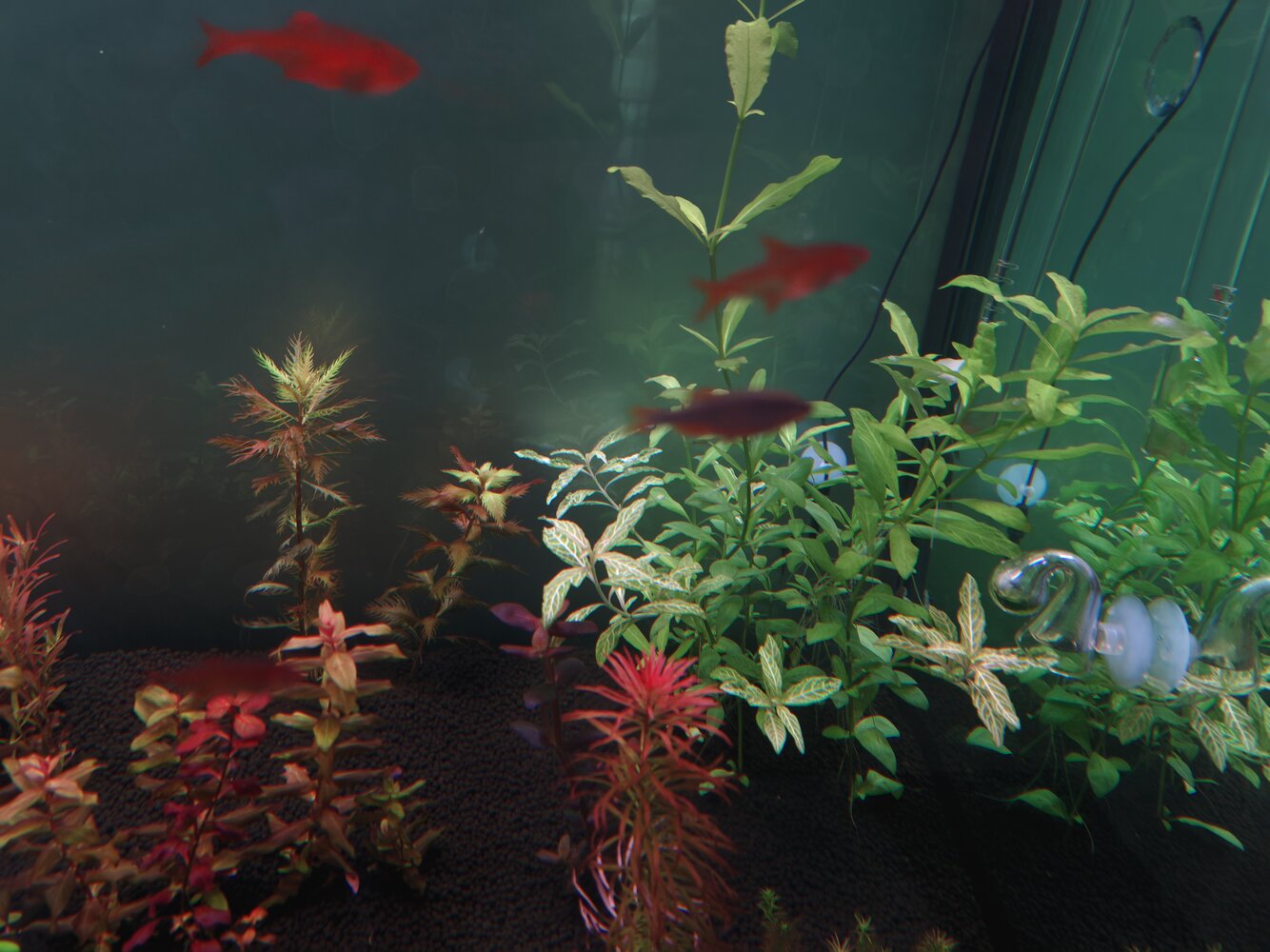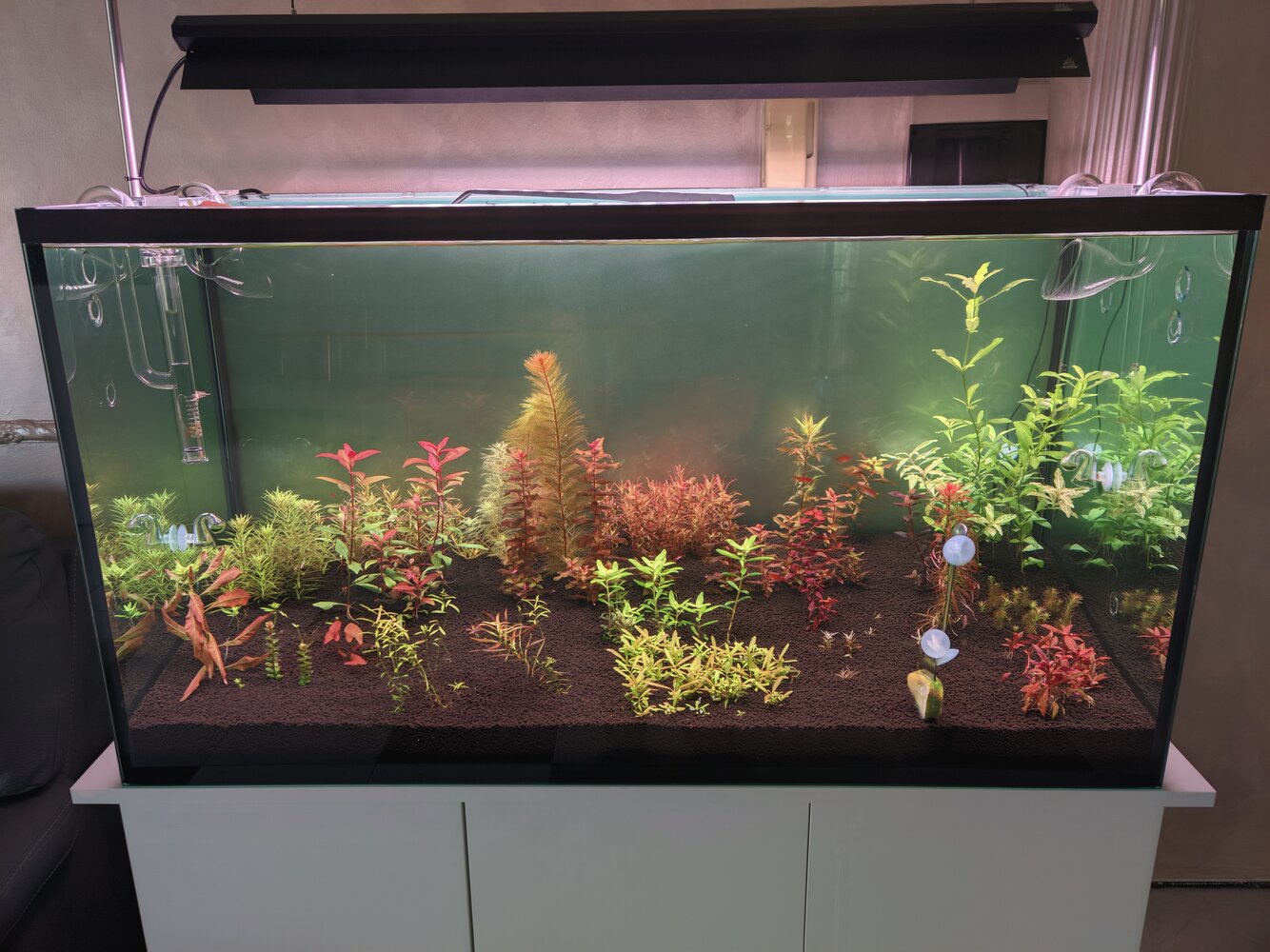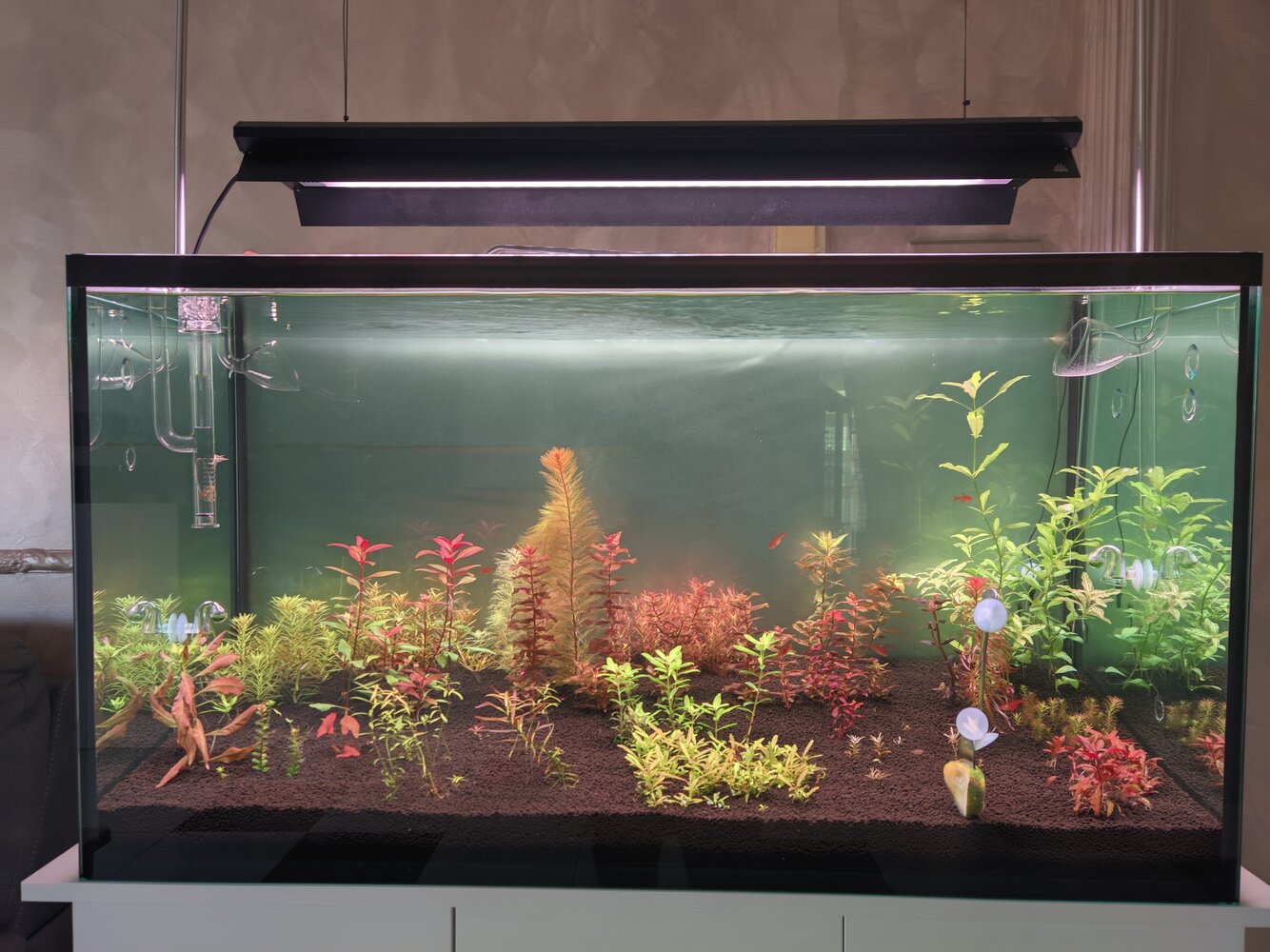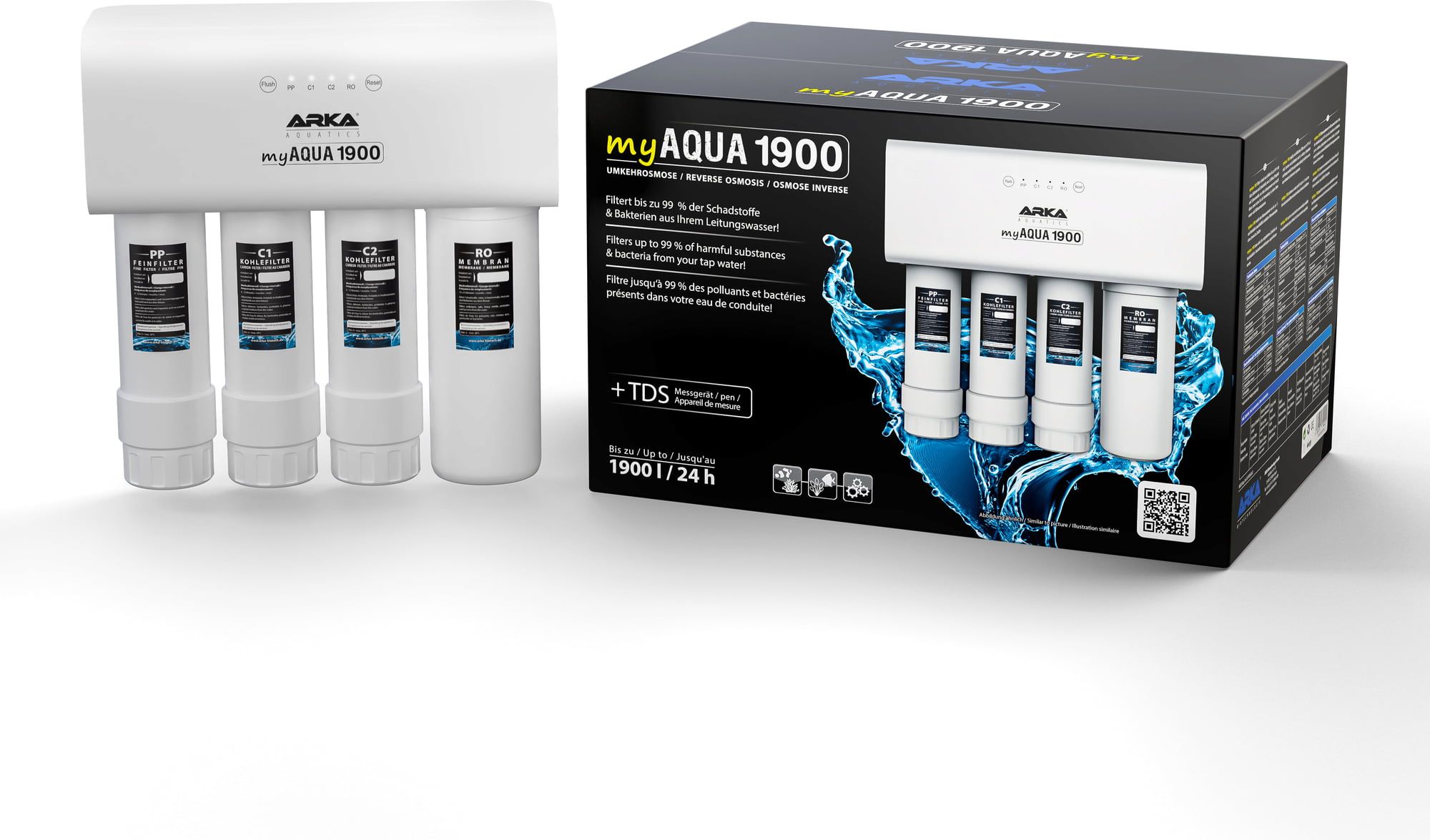Caridina are more sensitive and trickier to keep than Neocaridina. I've never been able to keep them in a CO2 injected tank - though I've never specifically had CRS - but I believe some people so YMMV.
Yeah, I know that but I heard that CO2 isn't problem for them, or better, pH swing due CO2 injection isn't a problem for them (if the KH remain stable during the pH swing, the shirmp doesn't feel change in pH)
If the tank is CO2 injected and EI dosed, I would be doing two 65 litre changes at least - more likely three.
Yeah, makes sense, specifically due nitrate build up?
In the end, if I buy a Ro system, I need MgSO4, CaCi2, TDS/EC (I will buy myaqua 1900, due to efficiency, it's rated 1-1.5:1, the tds come from the ro unit) and KH-GH test?
For the first times doing a WC, my KH and GH is 3-4 - 6-7, if I reminalize my ro water to GH 6 and KH 3, then to GH 5.5 and KH 3, then GH 5 and KH 2. Considering that I have still half tank with GH 7 and KH 3.5, should be a "nice" acclimation?
Which is the best way to achieve a 100% ro water tank, starting from a 100% tap water tank (tank tds is ~ 230ppm)?


